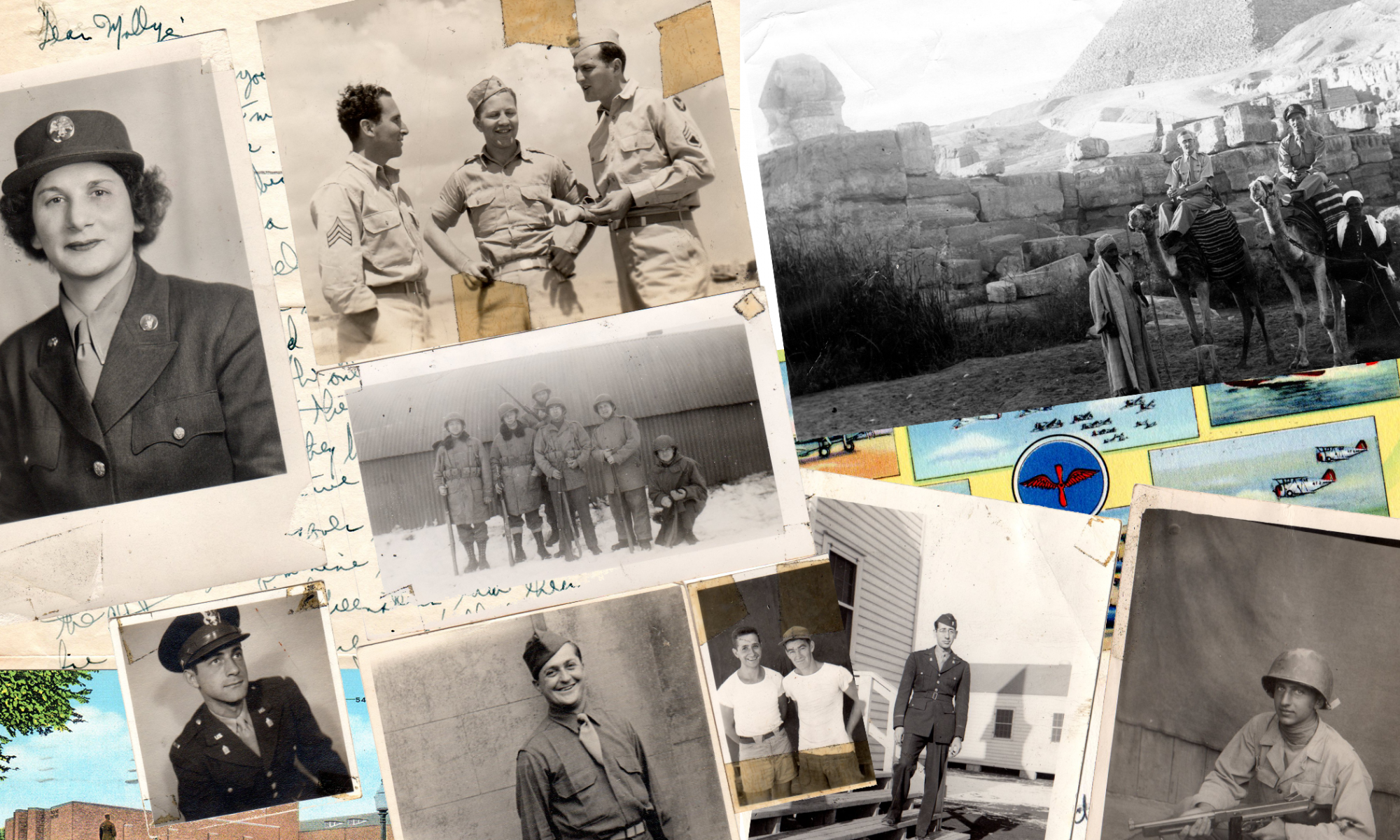As the war effort expanded and troops were stationed far from home, the job of transporting all the mail became a major concern.

This new mode of messaging launched on June 15, 1942. V-Mail assisted with logistical issues while acknowledging the value of communication. In 41 months of operation, letter writers using the system helped provide a significant lifeline between the frontlines and home.
Short for “Victory Mail,” V-mail was developed by Eastman Kodak and was the main way soldiers stationed abroad were able to communicate with friends and family back home. Previously, one of the only ways to reach loved ones was through Air Mail, which was sent by airplane and was often more expensive than regular mail and took too long to be used for any urgent messages. V-mail allowed for faster, less expensive correspondence. After letters arrived at their destination, the negatives would be blown up to full size and printed. In addition to increased security, this method meant saving shipping space that could otherwise be used for necessary war materials. Using this small microfilm saved the postal system thousands of tons of shipping space, fitting the equivalent of 37 mail bags worth of letters into just one bag.
According to a 1991 article in the News Journal, “A postal official gave Sklut a full box of the free forms, even though they were supposed to be doled out one or two at a time to discourage waste.” Mollye didn’t waste any. She generally wrote about 75 letters a week.


V-Mail used standardized stationery and microfilm processing to produce lighter, smaller cargo. Space was made available for other war supplies and more letters could reach military personnel faster around the globe.
The recipient got a much smaller document produced from the microfilm image.
Because the letters were censored before being transferred to microfilm, V-mail was one of the most secure methods of communication.
Security was crucial not only for the armed forces—the Army, Navy, Marines, and the Air Corps—but also for the very dangerous work of the American Merchant Marines. Travelling in convoys between the US and Europe, subject to U-boat wolf packs, the merchant seamen had a higher per capita casualty rate than any other branch of the military except for the Marine Corps.




